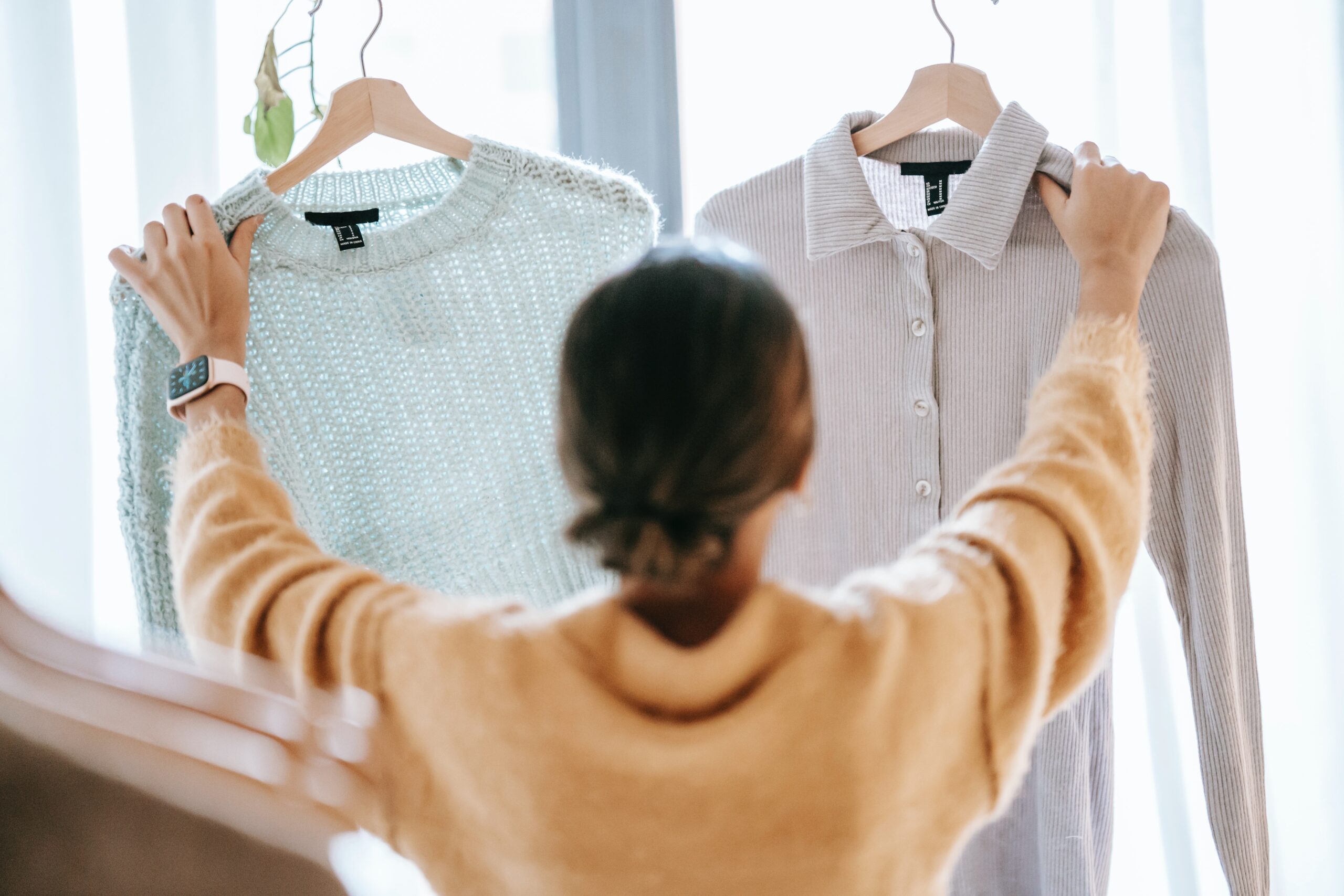Disruption in retail has been a hot topic for several years. The recent COVID crisis has been catalyzing transformations and reinventions even more. The retail environment is changing at unprecedented speed. However, one key factor in the success of retailers remains the same: customer centricity.

What does customer centricity really mean? Customer centricity means optimizing and organizing retail operations around the customers. To achieve this, consumer sentiment, expectations, perceptions, and behaviors need to be measured and evaluated regularly and rapidly. Many new practices triggered by COVID will likely be embraced for the long term and has brought fundamental changes to how consumers interact with retailers.
So, what are the trends of consumer behavior beyond the effect of COVID, and how can retailers prepare themselves to better serve their customers?
Create meaningful emotional connections
Around 50% of Americans frequently feel alone, left-out or feel the lack of close relations. Single-person household is now the second most common household type in the US, and the number of single-person households is also rapidly growing around the world. As a result, people long for emotional connections more than ever before. Consumers need to feel included, known, recognized, inspired, and appreciated. People want to be heard and have a say.
So how do you create a meaningful emotional connection with your customers?
- First, you have to know who they are: their profiles, preferences, as well as consumption patterns and history. Make sure that each customer’s particular needs, wants and issues are being heard, understood, and responded to. Moreover, retailers can use data to predict customers’ future interests, and come up with customized inspirations to stimulate customers’ continuous interaction with the brand. Best Buy cultivates their customer relationship by offering a free consultation service that’s available 24/7 online, on the phone, in store and at home. They also introduced an annual membership to provide support to all tech products in their customers’ residences, regardless of where and when the products were bought. Their in-home consultation consistently generates higher revenue per order and higher margin compared to in-store and online, and their tech support membership program has grown to over 2 million members in just 1.5 years after launching.
- Second, customers need to be appreciated. The form of appreciation can also be personalized such as access to workshops/exclusive events, early access to new products, VIP services, and so on. Communities, such as social media groups, can intensify the emotional connection by providing a sense of belonging. During the financial crisis in 2008, Starbucks’ revenue dropped nearly 30% in two years, and it was forced to close more than 1,000 stores. To get things back on track, Starbucks launched “My Starbucks Idea” where customers could contribute suggestions. More than 90,000 ideas were submitted, and more than 100 of them became a reality.
- Last but not least, empower your associates by supplying them with tools to make informed decisions. Study shows that empowered employees not only demonstrate a higher level of productivity, but also create positive impacts on customer engagement, satisfaction, and company revenue.
Convenience is key
We are all juggling between different roles nowadays. Therefore it’s not hard to understand why convenience becomes more and more important for consumers. For improving convenience, we suggest retailers to review these 4 aspects of their business: Omni-channel, subscription, first-choice item availability, and technologies.

- Omni-channel is no longer an option, it is a must. Online sales have grown roughly 1% a year since 2000, but jumped to 43% just between February and May 2020, accounting for 19% of all sales. Online customer base worldwide has increased more than 10% since the pandemic, and the spending of the existing customer base has increased.
- Retailers can consider offering subscription services, such as beauty boxes (Ipsy, Target, Sephora, and Birchbox for instance). Each month, customers receive sample size products selected based on their profile and preferences. This allows them to try a large number of products from different brands before ordering full size items through the retailer.
- The availability of first choice items. These items must be identified, always available and delivered in the way that the customer wants at the expected time, for example by express delivery within 2 hours or pickup by appointment.
- New technologies, like Amazon’s Dash Cart. It is a smart shopping cart that uses cameras, sensors and a scale to automatically detect what shoppers drop in and take out, with no scanning required. The cart keeps a list that’s visible on a screen near the handle and charges customers’ Amazon account when they leave the store.
Stick to essentials
As we see parts of the world make their way to the recovery phase of the pandemic, some consumer trends will continue, such as the popularity of buying lower cost/high value items online.
To maximize sales and margin, key value items must be maximized. Retailers can determine which items and which combination of these items can create the largest sales and margin opportunities. Furthermore, optimized pricing strategies can help with the balance between sales velocity and margins.
Besides all the above, grab your upsell opportunities. Knowledge of your customers and cross-category demand analysis can help you increase your average sale.

Show your values
Consumers are paying closer attention to how businesses interact with communities nowadays, and are more inclined to do business with retailers who demonstrate care and concern for their customers, employees, and the environment. In a McKinsey survey, respondents say when they decide where to shop, they look for retailers with visible safety measures such as enhanced cleaning, contactless technologies and reduced occupancy. They also buy more from companies that offer healthy and hygienic packaging. Retailers need to show their values and take social responsibilities diligently in order to build flourishing and lasting customer relationships.
Never too much agility
As mentioned in the beginning of this article, consumer behaviors continue to evolve rapidly in a volatile environment. In order to succeed, retailers must stay current to the changes and be ready to adapt your practices on a constant basis. In other words, act like a cloud solution, reinvent yourself continuously.
Although online sales is surging, in-store experience remains irreplaceable and has many advantages over e-com. When in-store experience is delivered successfully, your brand is creating a much stronger bond with your customers than an online transaction. In our next article, we will provide tips on how to elevate customer in-store experience to another level.




